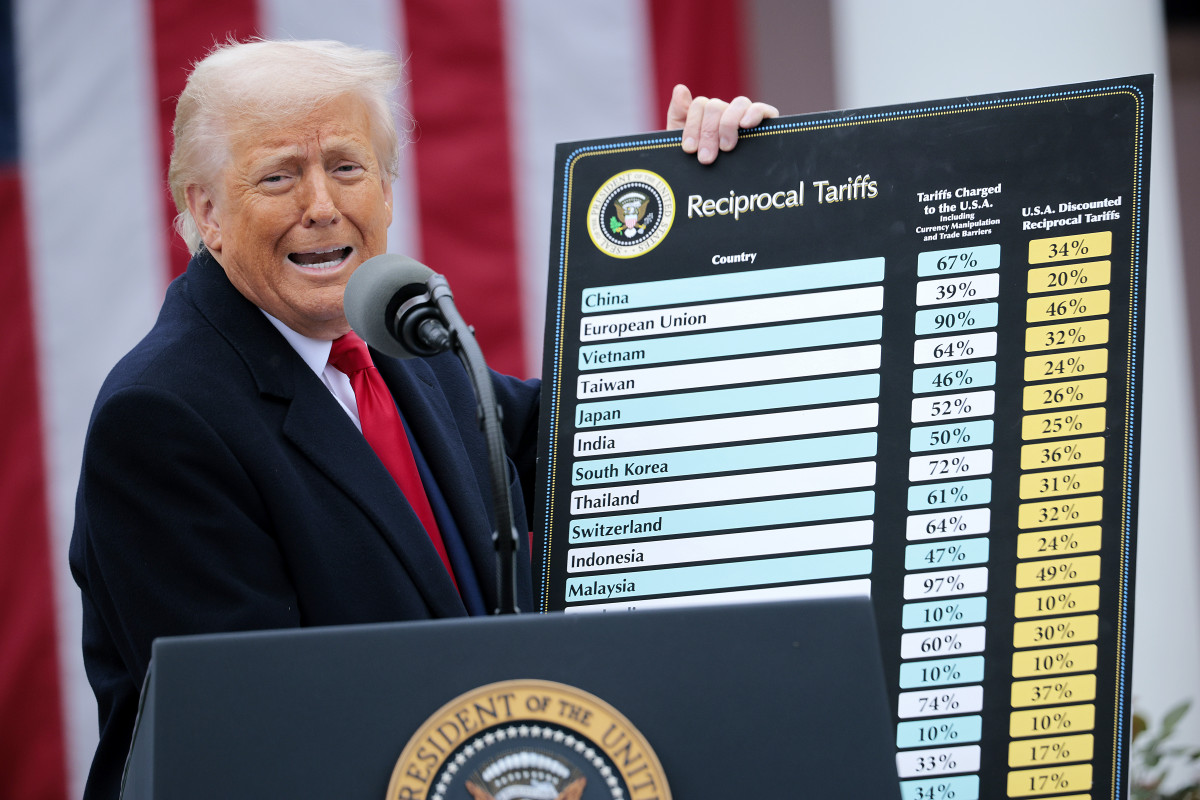In a bold move that has stunned global markets and alarmed business leaders, U.S. President Donald Trump has signed an executive order doubling tariffs on imported steel and aluminium, pushing the rate from 25% to a staggering 50%.
The decision, which took effect on Wednesday, June 4, 2025, has triggered a wave of criticism from domestic manufacturers, economists, and international trade partners who fear massive economic fallout and retaliatory action.
Trump announced the drastic policy shift during a rally at a U.S. Steel facility, claiming it was necessary to “secure the future of the American steel industry.”
Addressing a crowd of factory workers, he declared, “At 25%, they could climb over the wall. At 50%, they hit it face-first.”
The president’s statement was met with applause inside the rally, but outside the plant walls, business leaders and economists are sounding the alarm.
Economic analysts say the tariff hike risks breaking critical global supply chains and raising production costs across multiple sectors, including construction, automotive, and aerospace.
Trump’s latest trade salvo comes despite the U.S. being the world’s second-largest importer of steel.
Key suppliers include Canada, Mexico, Brazil, and South Korea—all of whom now face severe economic consequences.
Only the United Kingdom managed to secure a carve-out. Tariffs on British metals remain capped at the original 25%. Trump credited “ongoing trade negotiations” with London.
While UK Trade Secretary Jonathan Reynolds expressed satisfaction with the exception, UK Steel’s Director General Gareth Stace cautioned that even the earlier tariff rounds had already disrupted supply chains, and a 50% hike would have been “catastrophic.”
For U.S. manufacturers, the financial pressure is building. Rick Huether, CEO of Maryland-based Independent Can Co., which relies on European steel for decorative tin production, described the situation as “chaos.”
He said his company had already paused investments and hiked prices due to previous tariff rounds.
At Illinois-based Drill Rod & Tool Steels, supply chain manager Chad Bartusek calculated that his tariff bill would rise from $72,000 to nearly $145,000 for the same shipment.
“It’s one punch after the other,” he lamented.
Economists are warning of serious repercussions. Erica York, senior economist at the Tax Foundation, warned that tariffs on industrial inputs like steel and aluminium have wide-reaching effects.
“This is one of the most economically damaging types of tariffs. It’s very foolish to double down,” she stated.
A 2020 report estimated that steel tariffs under Trump’s first term added only 1,000 jobs in the steel sector but wiped out around 75,000 jobs across the broader U.S. economy.
Internationally, the European Union and Canada have both hinted at retaliatory measures.
EU spokesperson Olof Gill confirmed that “intense talks” were underway to prevent escalation. “We hope the Americans reverse course,” he said.
As Trump doubles down on his America First agenda, the question remains whether this hardline move is a bargaining chip or a long-term policy stance.
What’s certain is that businesses and trade partners are bracing for economic turbulence.



